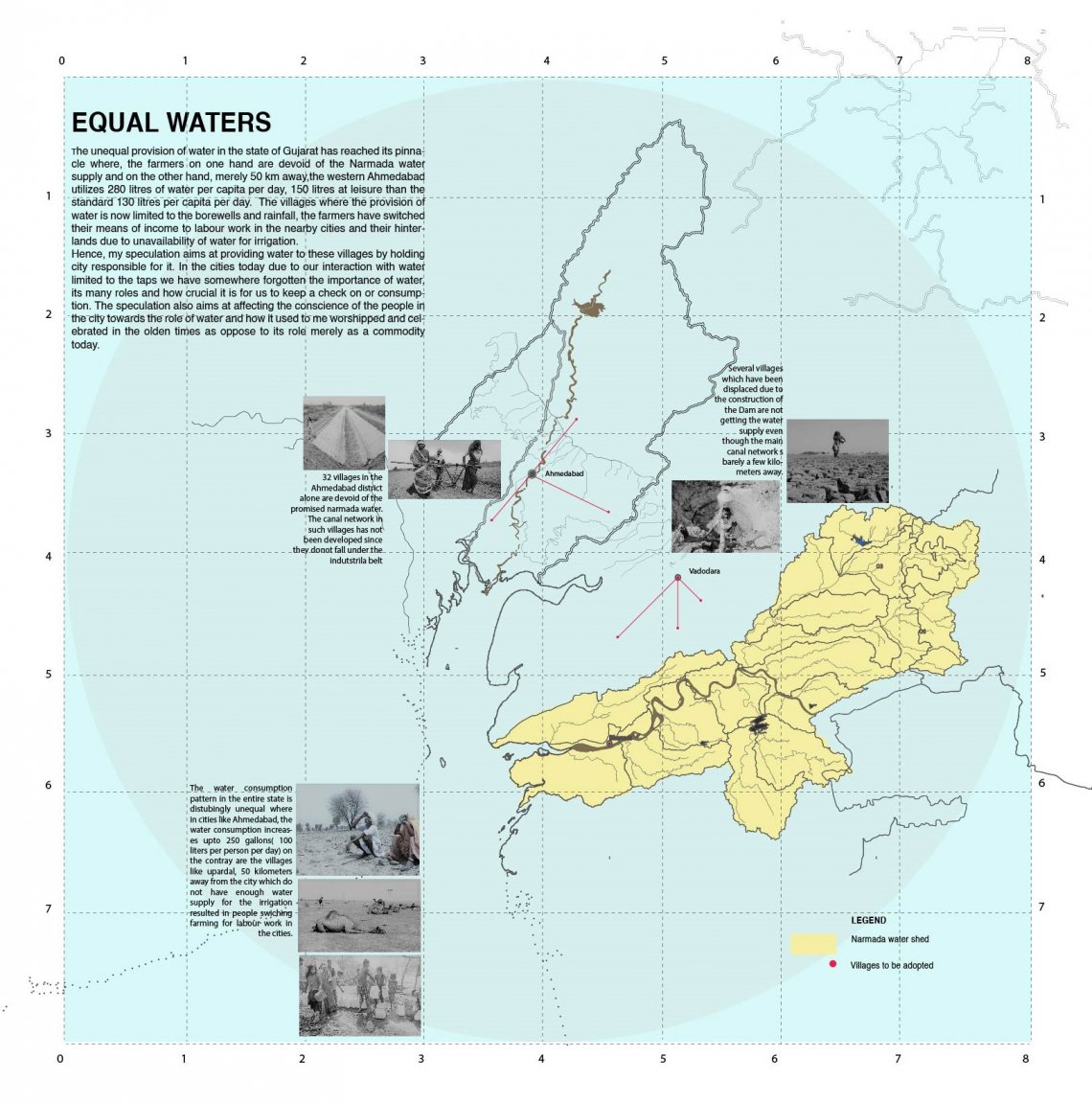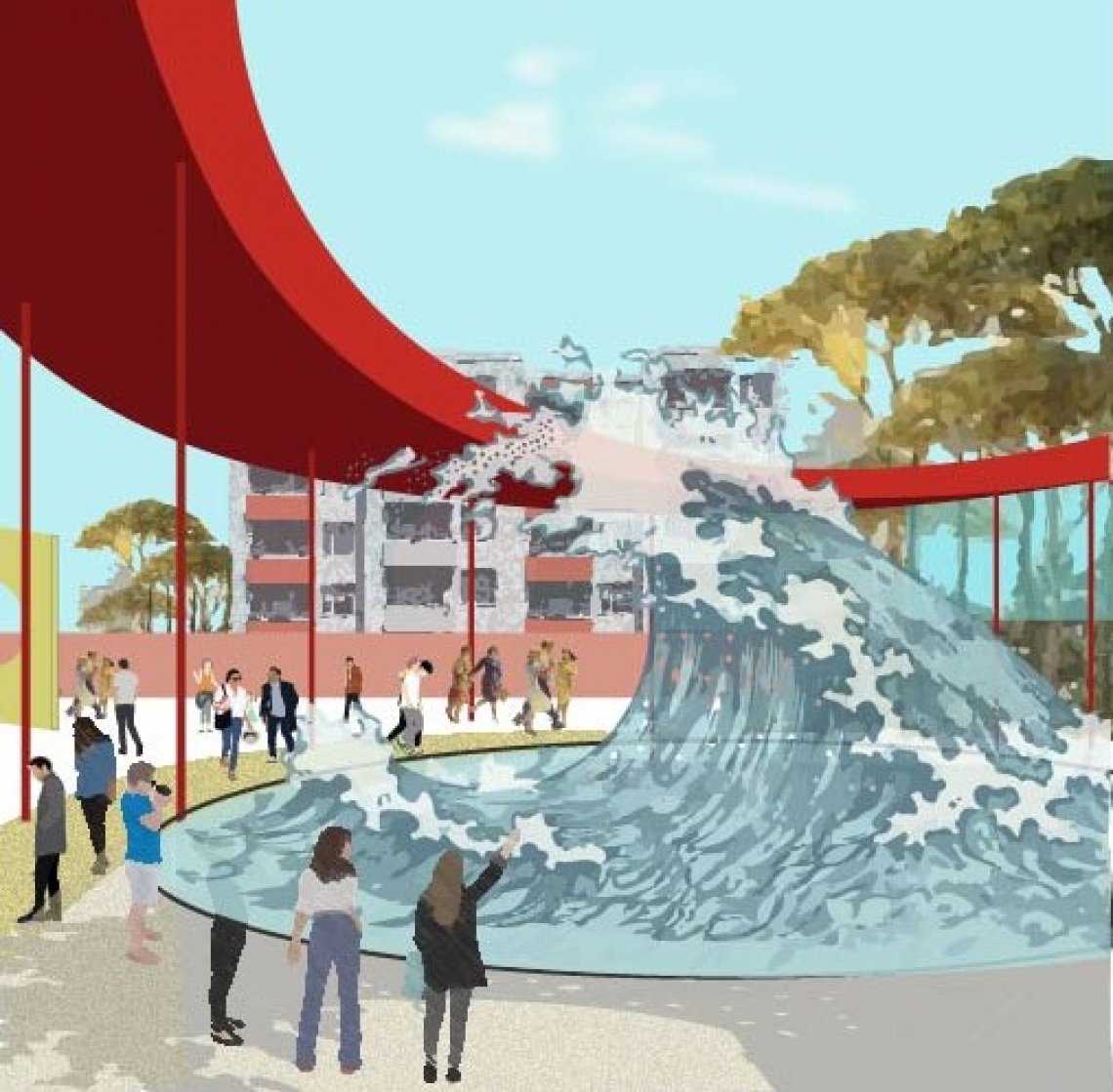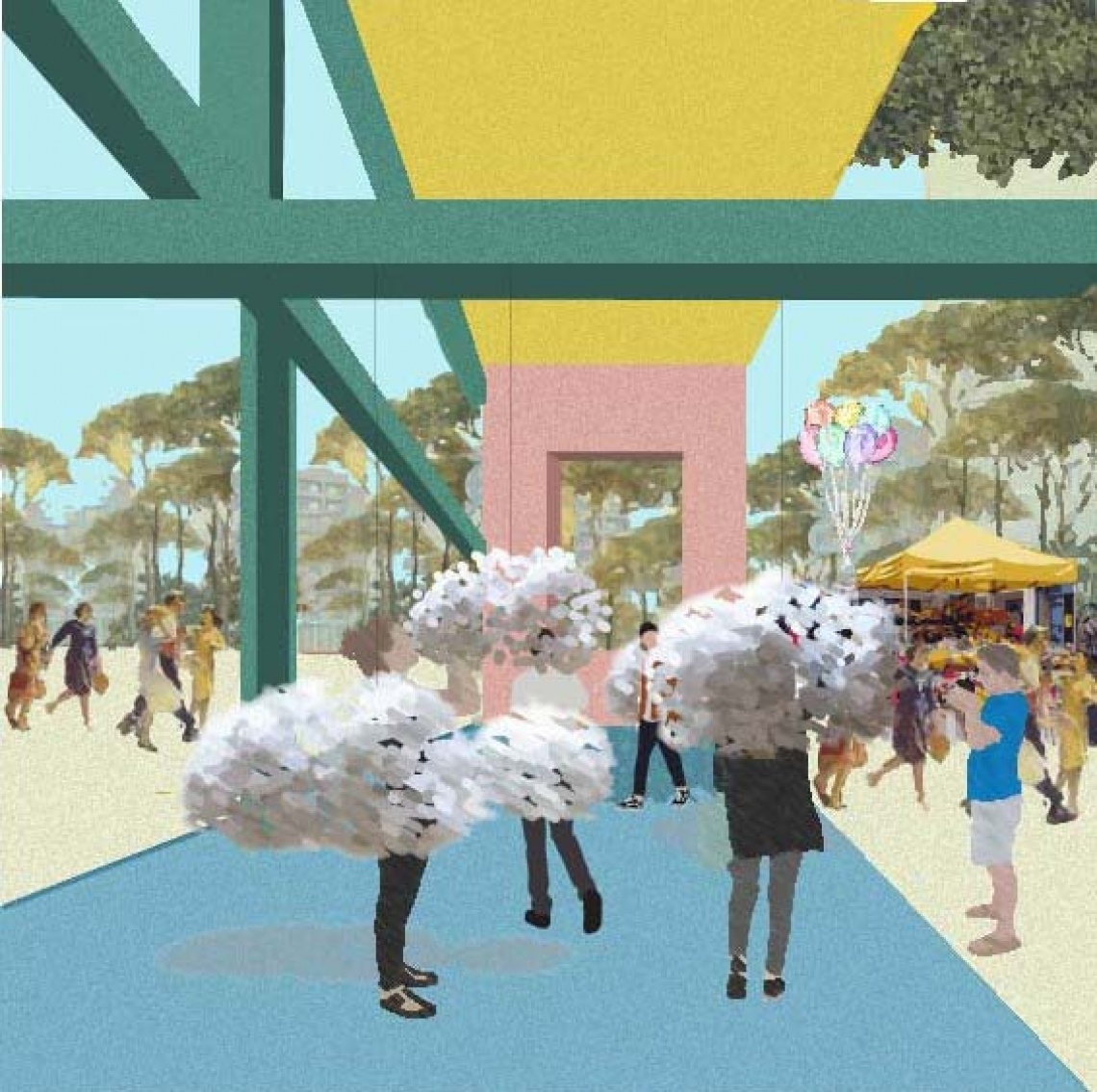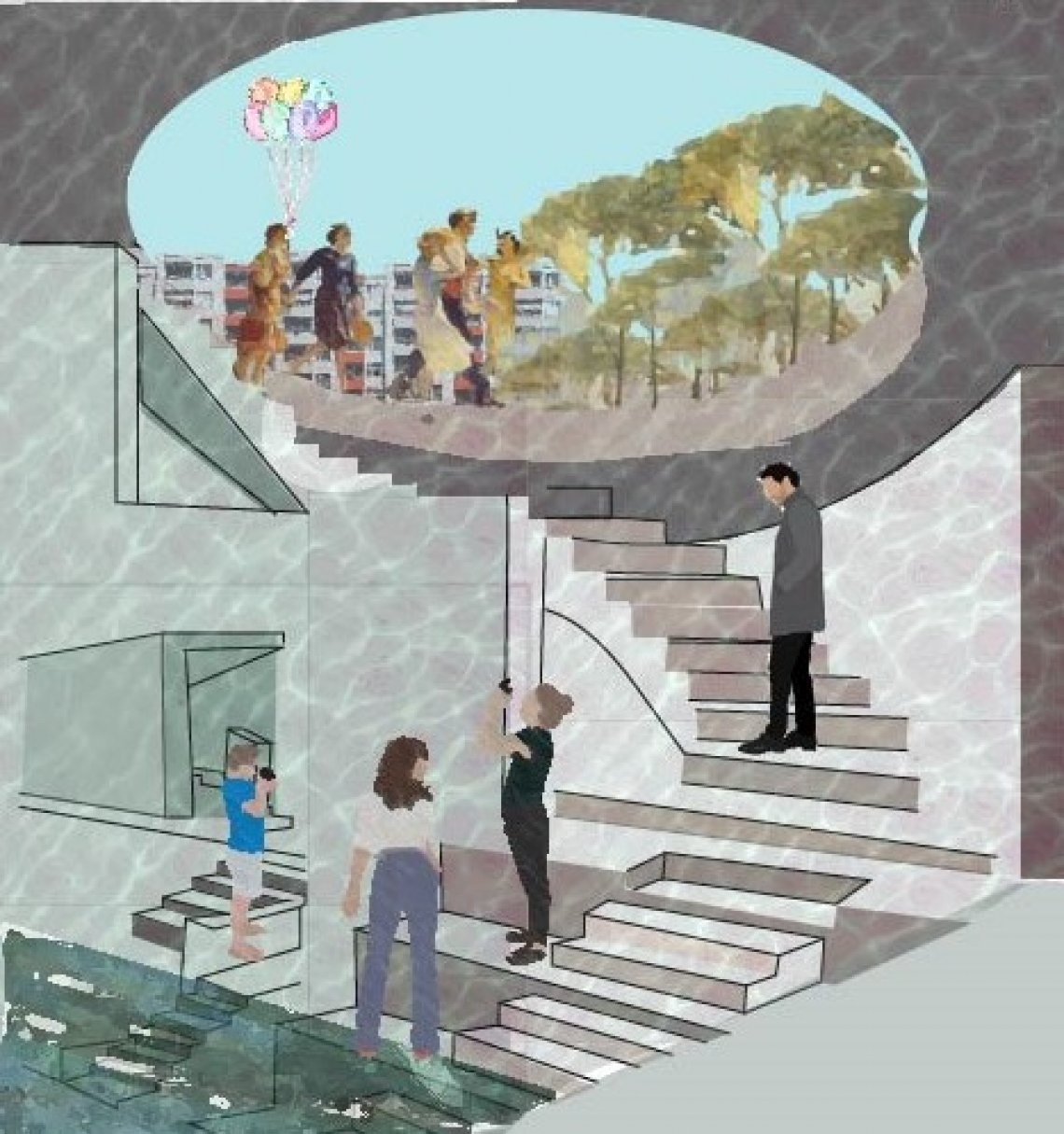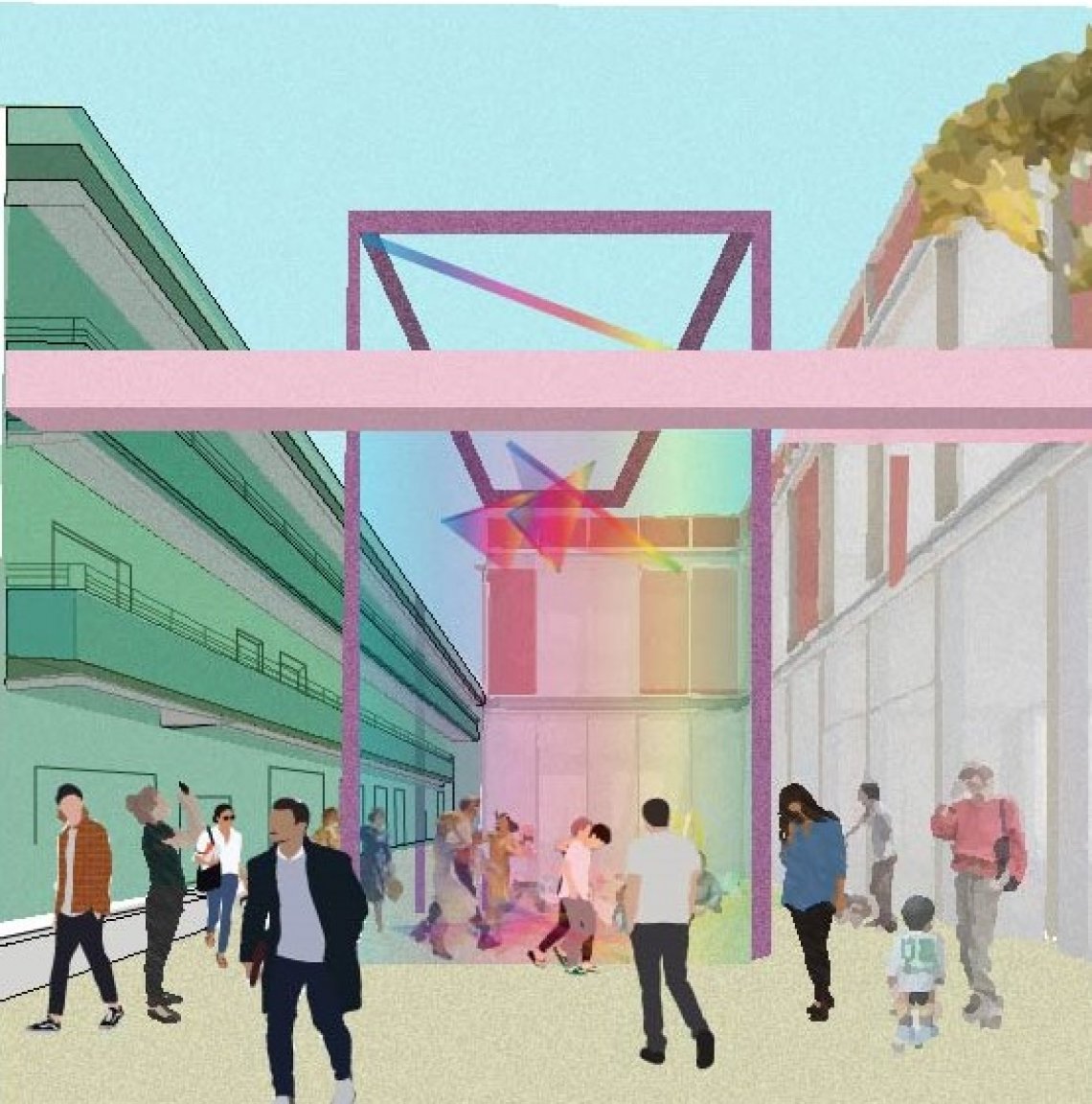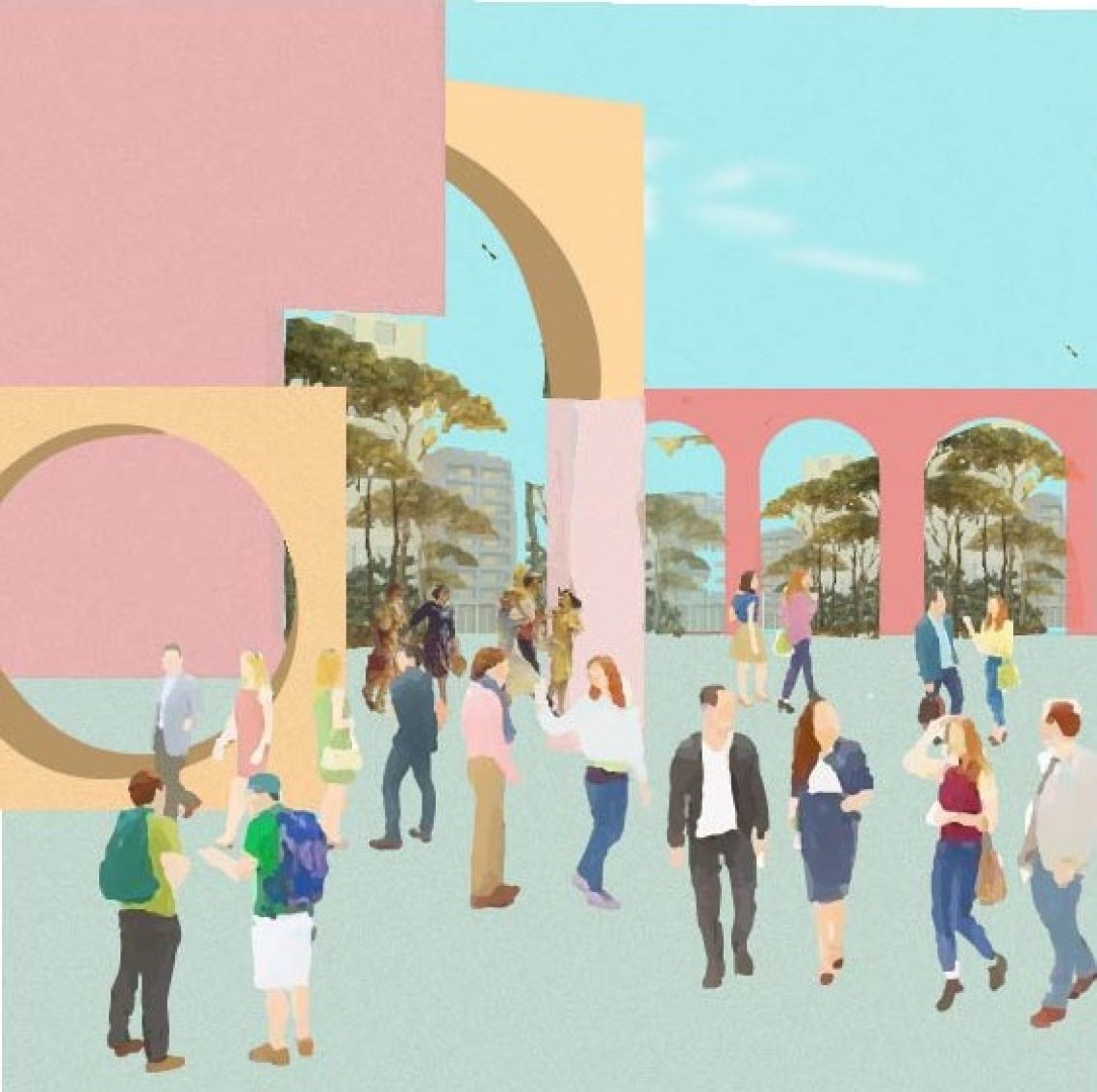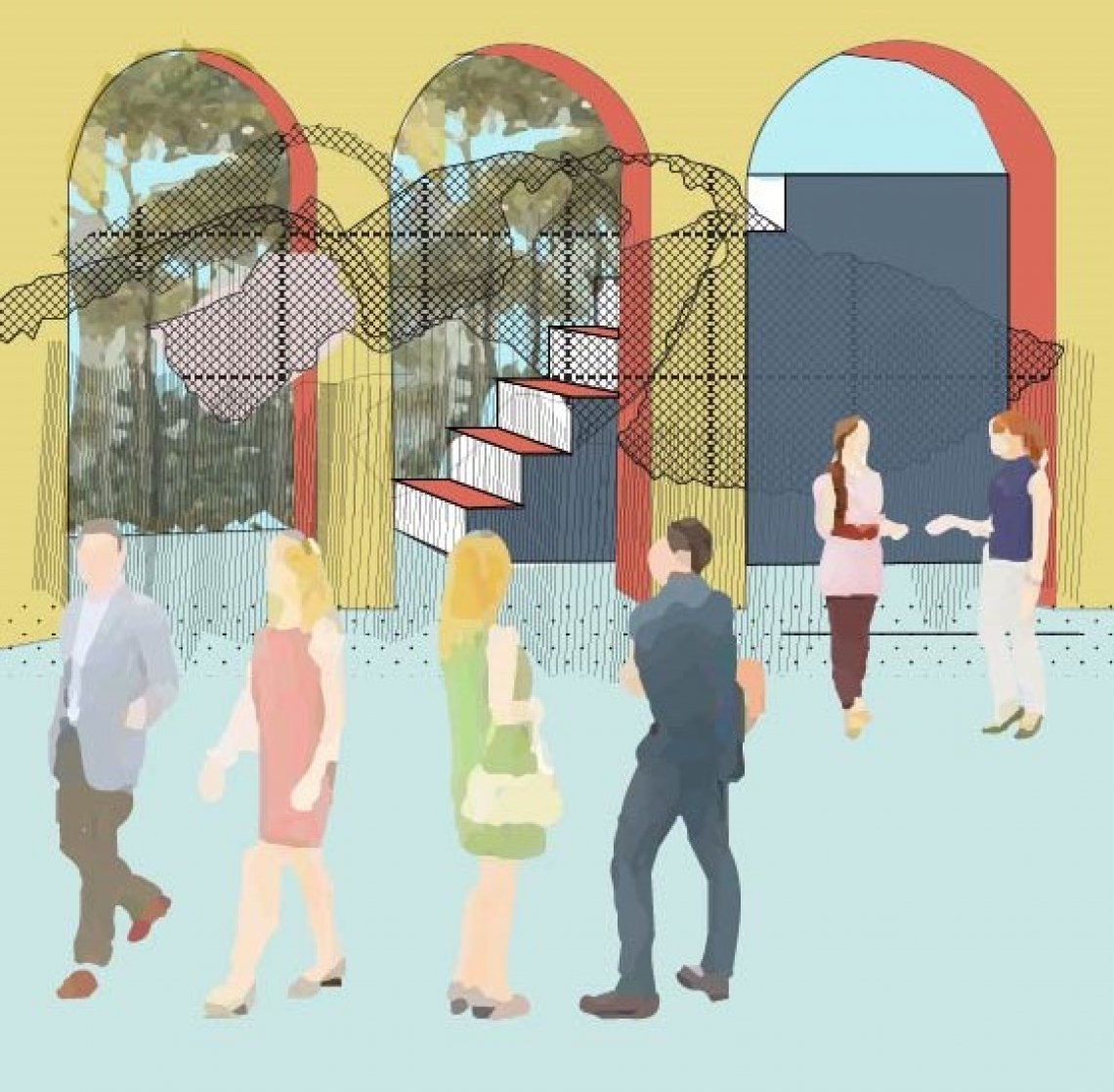Your browser is out-of-date!
For a richer surfing experience on our website, please update your browser. Update my browser now!
For a richer surfing experience on our website, please update your browser. Update my browser now!
The Sardar Sarovar project was initiated and after undergoing excessive criticism , it was executed on the basis of promises that were made to supply water for irrigation to the villages of Gujarat with special emphasis to the Saurashtra and Kutch region. It has been 40 years since the project has been executed and still we find villages and farmers fighting for their right to have water for their crops.
Today, we cannot excuse the repercussions the project has on several villages which have drowned today and also the ecological disturbance that has been caused, just because it is able to provide water to more than 10,000 villages since the truth falls short of these numbers in reality. Several villages, even the ones that have been in the command area of the Narmada project have been declined the provision of water. Kutch and Saurashtra have still not been able to get the distribution of water due to lack of infrastructure and canals. There are 32 small villages in Ahmadabad district which are now deprived the provision of the Narmada water.
On the other hand, cities like Ahmadabad luxuriously uses 280 liters of water per capital per day. Making these villages independent for their supply is not going to resolve the ultimate pressure on river Naramada. Hence, the speculation suggests the transfer of the unequal distributed water. If 4 out of these 32 villages are adopted by the Ahmadabad, the city finds methods of cutting down their water consumption with the help of various water harvesting techniques to provide water to the villages instead of over-consuming 100 liters per capital per day.
But the question of why would the city adapt methods of harvesting water and what will be the incentive for the citizens, still looms.
The proposal is to initiate a water fest in form of a competition at the city level, where every year for 4 months(water scarce months for the villagers) the citizens have to find innovative techniques to reduce water consumption. Ward wise competition is held and whichever ward manages to save the maximum water, wins the water circus in their locality. The
idea of the water circus is quite eccentric and grand such that if for instance, thaltej manages to have it in their locality this year, its grandeur encourages the other zones to win the circus next year.
The Water circus is designed to bring back the celebration of water to the people of the city and questions the role of water serving us hidden in pipes. It will be a place that people will visit to socialise like in the olden times when people dressed up to visit a step well. The circus is imagined as a place that will let people experience the role of water from its rhythm to its movement, from its speed to its association with light. It celebrates the stillness of water and also celebrates its changing form. Its a place where the village meets the city and people from different backgrounds get to express water in their different innovative ways.

